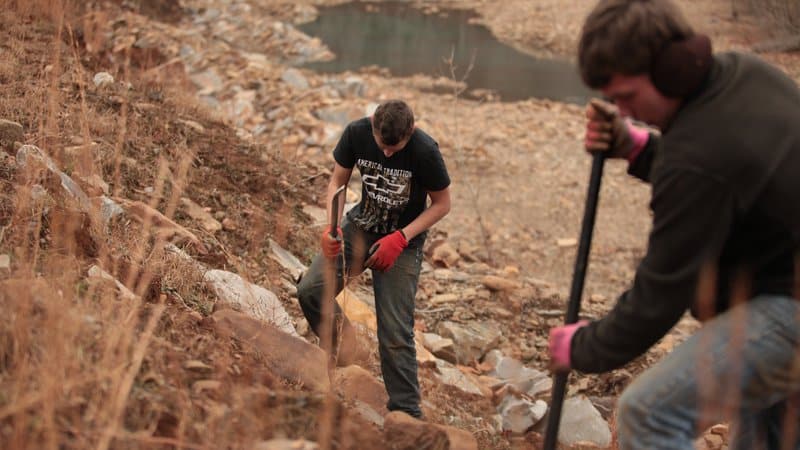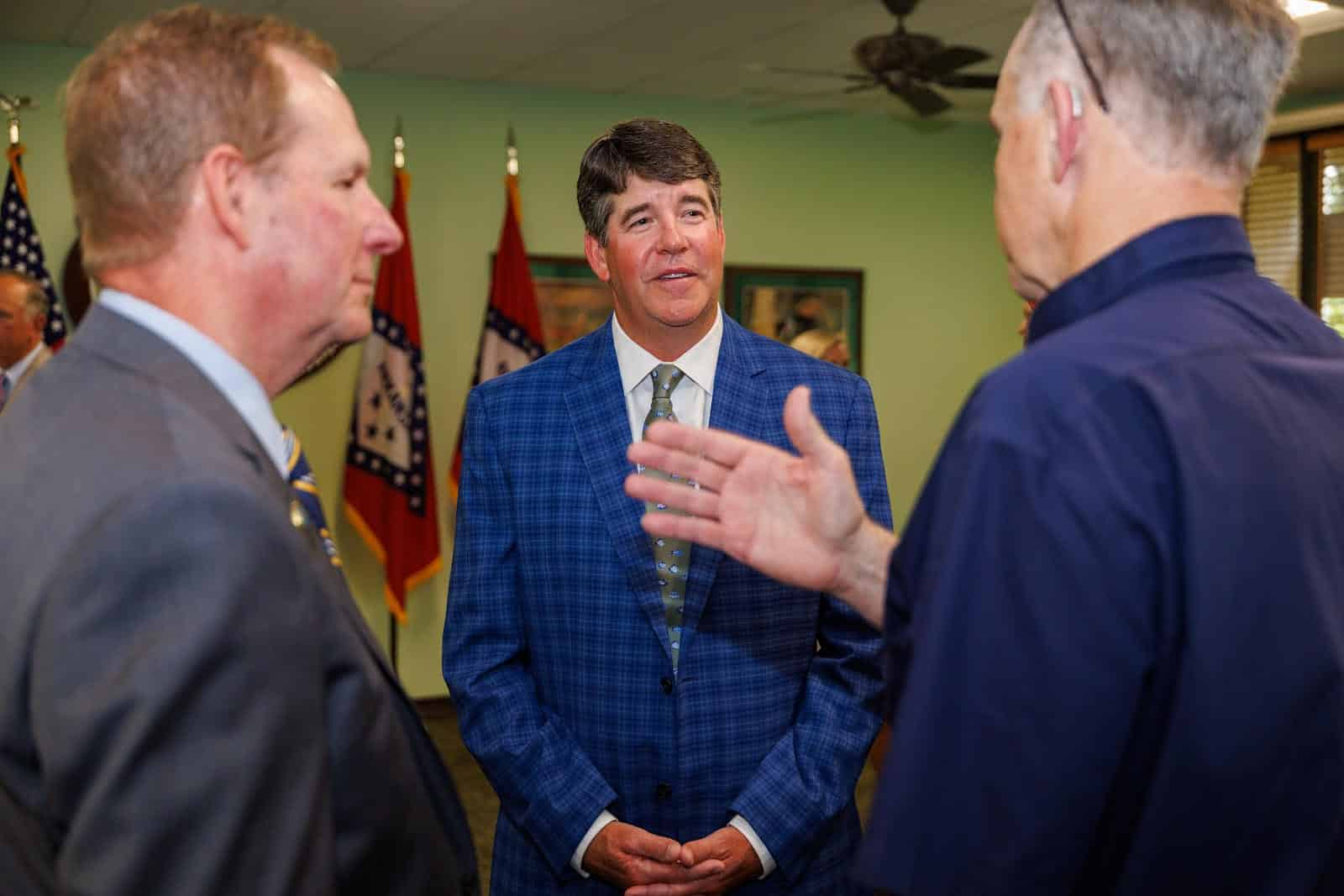Federal lawmakers, president score an ACE for bipartisan fish and wildlife act
ON 11-04-2020

Nov. 4, 2020
Randy Zellers
Assistant Chief of Communications
WASHINGTON, D.C. — President Trump on Oct. 30 signed the America’s Conservation Enhancement Act into law at the White House, completing the process to renew vital funding for conservation throughout the country. The ACE Act passed the House and Senate with bipartisan support and unanimous consent earlier this year.
The bill, sponsored by bipartisan representation, including Arkansas Sen. John Boozman, codifies the National Fish Habitat Partnership and reauthorizes the North American Wetlands Conservation Act, two of the most successful voluntary conservation efforts in the nation. The law also reauthorizes the Chesapeake Bay Program and creates funding authorizations for other crucial conservation programs such as the creation of a task force to plan research, testing and response for chronic wasting disease at a national level.
Under the newly signed law, the National Fish Habitat Partnership will be authorized until Fiscal Year 2025 with $7.2 million annually. The partnership has been in place since 2006 and consists of 20 individual Fish Habitat Partnerships, which focus on improving fish habitat and aquatic communities at regional and local levels.
“In Arkansas, we work with two of these partnerships: the Reservoir Fish Habitat Partnership and the Southeast Aquatic Resources Partnership (SARP),” Jason Olive, Arkansas Game and Fish Commission assistant chief of fisheries, said. “Some recent projects in both reservoirs and flowing waters in Arkansas have benefitted from these partnerships. Some of the extensive habitat work completed during the recent renovation of Lake Poinsett was enhanced by Reservoir Fish Habitat Partnership funds, as well as a habitat project on Lake Ouachita conducted by the [Army] Corps of Engineers in a partnership with the AGFC’s Black Bass Program to plant eelgrass in the lake to supplement a loss of aquatic vegetation.”
Olive says SARP dollars also were used in part of a dam-removal project on Mine Creek bordering the Cossatot River near Mena and a low-water dam-removal partnership with The Nature Conservancy on Rockhouse Creek in Madison County for increased fish passage and habitat.
“These partnerships now have the authorization to receive more funding in the next federal budget process,” Olive said. “That may allow us to do more projects of this sort or do larger projects that will have an even greater effect on fisheries in The Natural State. This isn’t just funding with pie-in-the-sky ideas, it’s actual work on the ground that will be able to continue and expand thanks to this legislation.”
Additionally, NAWCA, which has helped conserve more than 30 million acres of wetlands in North America, would see an increase from $45 million to $60 million each year for the next five years to devote to wetlands conservation. This money would be available in grants that bolster private funds and donations by leveraging matching dollars to complete vital habitat restoration projects to benefit wildlife and water quality.
“NAWCA grants with partners like Ducks Unlimited have been instrumental in many waterfowl habitat projects in Arkansas,” Luke Naylor, AGFC waterfowl program coordinator, said. “We currently have about $4 million in greentree reservoir renovations and moist-soil habitat approved for NAWCA grants, but we will need much more as we begin larger-scale renovations of greentree reservoirs in the near future.”
Visit www.epw.senate.gov/public/index.cfm/conserving-wildlife to learn more about the America’s Conservation Enhancement Act and the many programs it benefits.
Recent News

Arkansas Wildlife Weekly Fishing Report
Jul. 10, 2025

Lonoke aquaculturist named to AGFC
Jul. 10, 2025
Subscribe to Our Weekly Newsletter E-mails
Don’t miss another issue. Sign up now to receive the AGFC Wildlife Weekly Newsletter in your mailbox every Wednesday afternoon (Waterfowl Reports are published weekly during waterfowl season and periodically outside the season). Fishing Reports arrive on Thursdays. Fill in the following fields and hit submit. Thanks, and welcome!
